Archives
- 2018-07
- 2018-10
- 2018-11
- 2019-04
- 2019-05
- 2019-06
- 2019-07
- 2019-08
- 2019-09
- 2019-10
- 2019-11
- 2019-12
- 2020-01
- 2020-02
- 2020-03
- 2020-04
- 2020-05
- 2020-06
- 2020-07
- 2020-08
- 2020-09
- 2020-10
- 2020-11
- 2020-12
- 2021-01
- 2021-02
- 2021-03
- 2021-04
- 2021-05
- 2021-06
- 2021-07
- 2021-08
- 2021-09
- 2021-10
- 2021-11
- 2021-12
- 2022-01
- 2022-02
- 2022-03
- 2022-04
- 2022-05
- 2022-06
- 2022-07
- 2022-08
- 2022-09
- 2022-10
- 2022-11
- 2022-12
- 2023-01
- 2023-02
- 2023-03
- 2023-04
- 2023-05
- 2023-06
- 2023-07
- 2023-08
- 2023-09
- 2023-10
- 2023-11
- 2023-12
- 2024-01
- 2024-02
- 2024-03
- 2024-04
- 2024-05
- 2024-06
- 2024-07
- 2024-08
- 2024-09
- 2024-10
- 2024-11
- 2024-12
- 2025-01
- 2025-02
- 2025-03
-
One of the critical functions of the
2019-08-17
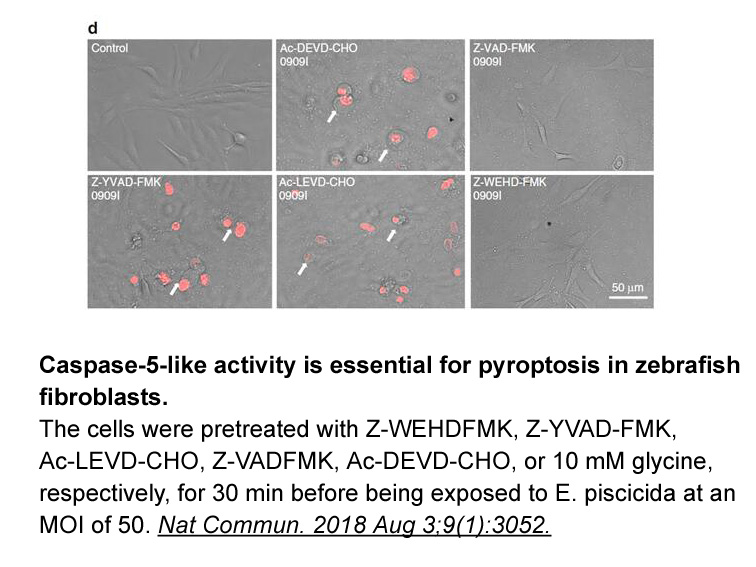
One of the critical functions of the product of the AR gene is to activate the expression of target genes. This transactivation activity resides in the N-terminal domain of the protein encoded in exon 1, which contains polymorphic repeats. These trinucleotide repeats, (CAG) and (GGC), encode polyglu
-
Another mechanism underlying on the toxicity of dopaminergic
2019-08-17
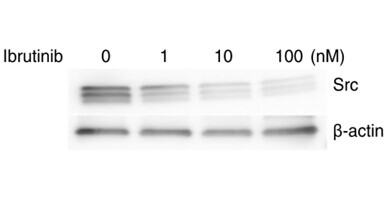
Another mechanism underlying on the toxicity of dopaminergic neurons might be related to dopamine-dependent initial oxidative stress [60]. Dopamine Sodium Aescinate mediated by monoamine oxidase (MAO) can produce hydrogen peroxide as a by-product, and excess dopamine can undergo auto-oxidation to qu
-
Upstream Stimulatory Factor USF binding to the
2019-08-17
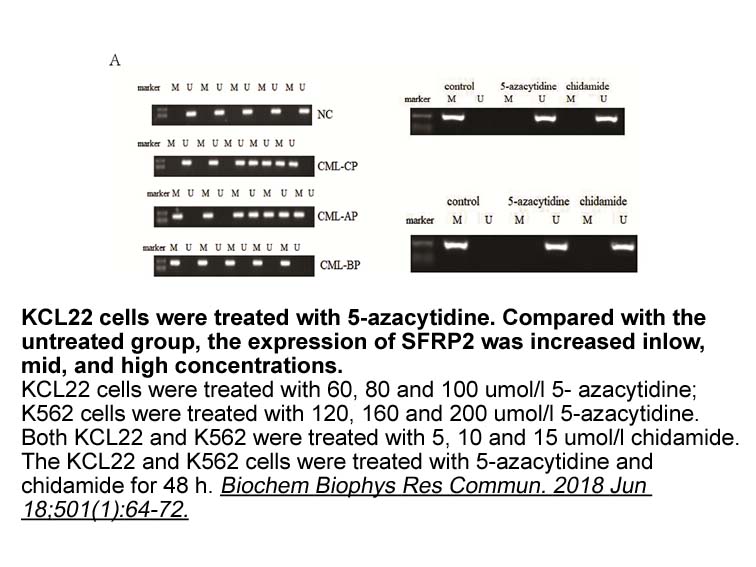
Upstream Stimulatory Factor (USF) binding to the −65 E-box is required for the regulation of FAS promoter activity in fasting/feeding [97], [98]. DNA-PK are identified as a USF-interacting protein [99]. In response to feeding/insulin, the transient double-stranded DNA breaks occurred during the tran
-
br Acknowledgments br The design
2019-08-17
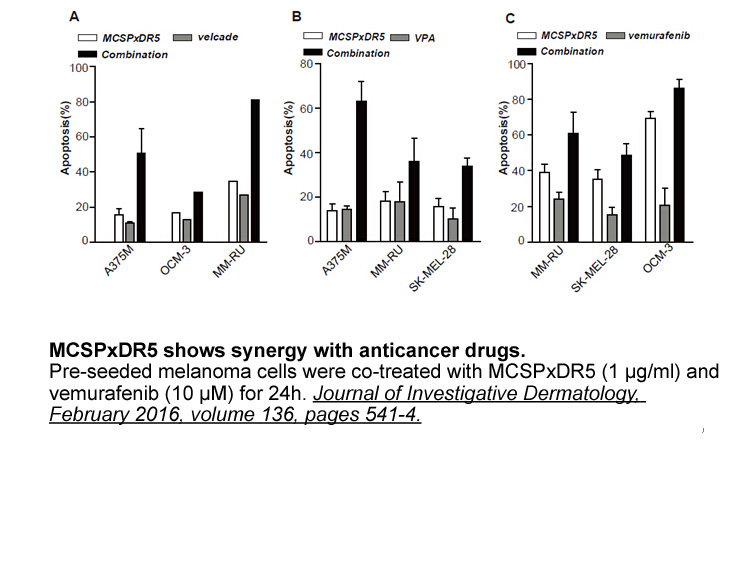
Acknowledgments The design of polyaromatic molecules able to bind to DNA is of significant importance for the development of anticancer and fluorescent imaging agents. Among them, 1,8-naphthalimide derivatives have received significant attention and have been extensively investigated for their
-
In this context we initiated a program to develop new
2019-08-17
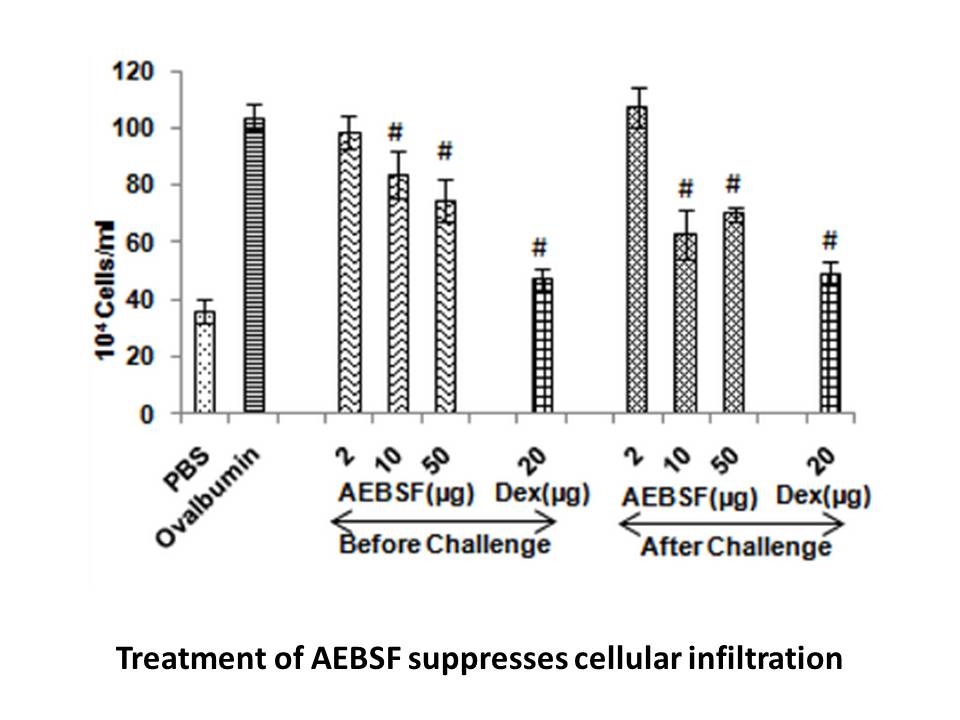
In this context, we initiated a program to develop new antiviral chemotypes towards a host factor implicated in 10-Hydroxycamptothecin powder replication: the host (human) dihydrofolate reductase (DHFR) [21]. We recently identified this enzyme as the molecular target of 1-aryl-4,6-diamino-1,2-dihyd
-
As a basis for the DDR substrate
2019-08-17
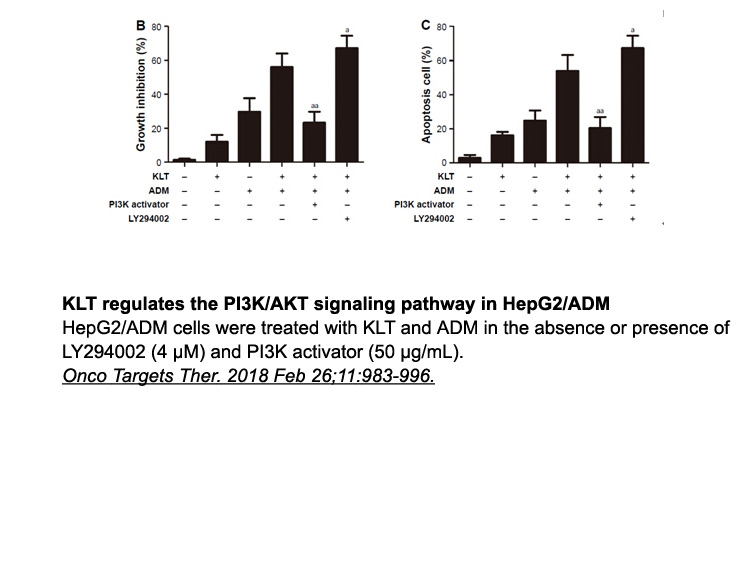
As a basis for the DDR1 substrate identification approach detailed below, we first set out to perform 2D-gel electrophoresis with lysates isolated from collagen-stimulated human breast cancer MDA-MB-231 8-Bromo-cAMP, sodium salt overexpressing DDR1 (b-isoform). This allowed us to determine whether
-
Dihydrofolate reductase DHFR is an excellent molecular targe
2019-08-16
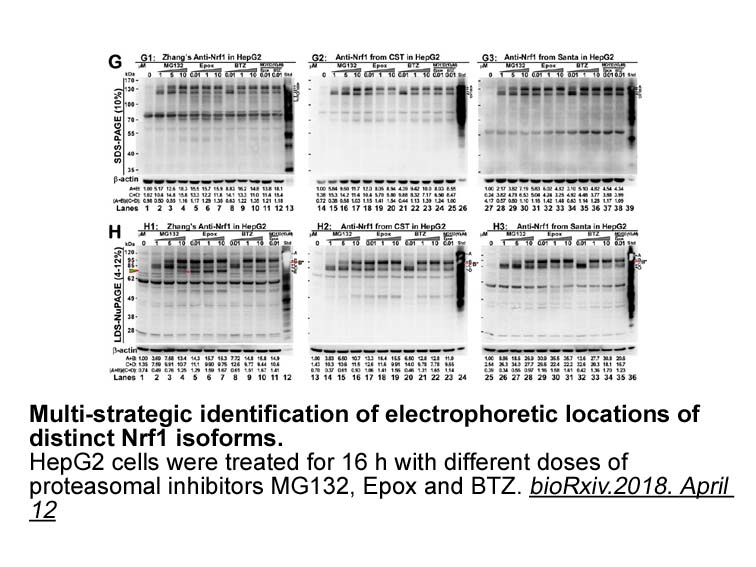
Dihydrofolate reductase (DHFR) is an excellent molecular target for this study because it has been and is currently studied by using different molecular modeling techniques [6], [7], [8], [9]. Kerrigan et al. have reported an interesting review about recent progress in molecular dynamics simulations
-
br DGAT proteins lipid droplets and cancer cells br
2019-08-16
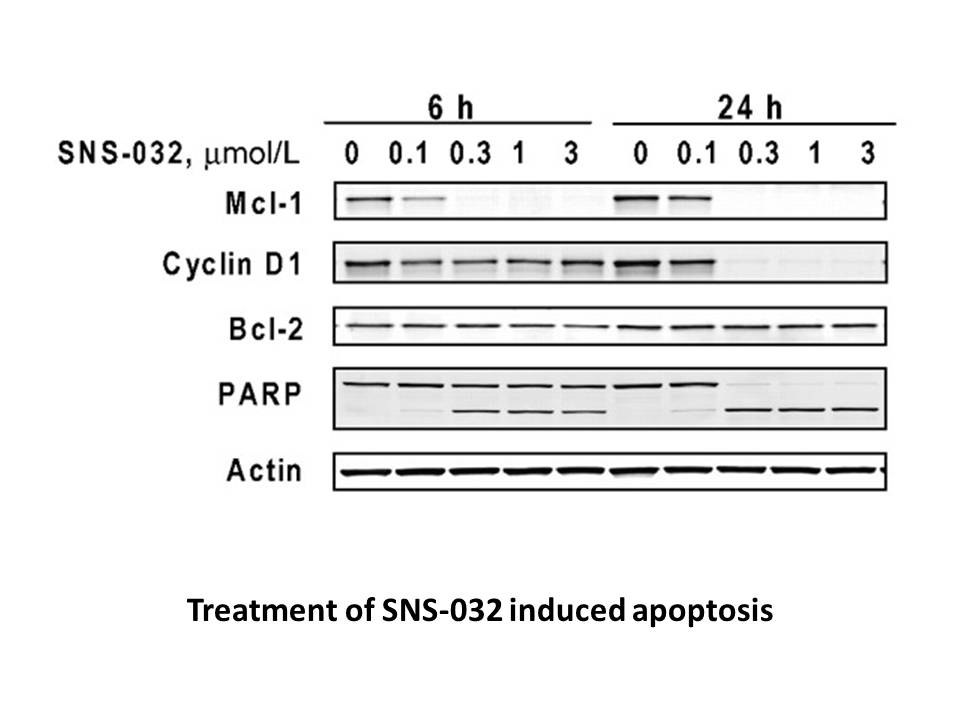
DGAT proteins, lipid droplets and cancer cells Conclusions and future directions Conflicts of interest Acknowledgements This work was supported by NIH grants GM062887, P01CA097132, and Veterans Affairs Merit Award to LMO. Introduction Bioethanol and biodiesel are regarded as the two
-
While these previous correlative studies have measured tDDR
2019-08-16
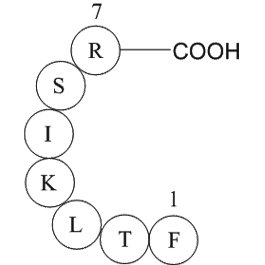
While these previous correlative studies have measured tDDR1 protein by IHC, these studies have not considered that pDDR1 could also be an important marker of cancer prognosis. A phosphoproteomic survey of lung cancer tissues did identify pDDR1 as one of the most commonly phosphorylated receptor kin
-
TG4-155 powder In the present study we investigated the role
2019-08-16
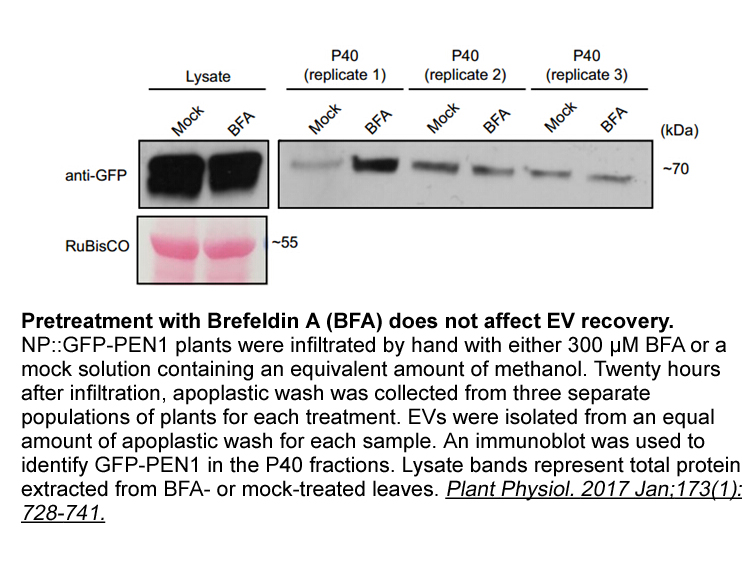
In the present study, we investigated the role played by CRF1 and CRF2 receptors located within the mouse PAG on the anxiogenic and antinociceptive effects produced by local infusion of CRF. To block CRF receptors, we used the selective CRF1 and CRF2 TG4-155 powder antagonists, respectively, NBI 27
-
br Conclusions Two chemical coupling agents BTDE and CDI wer
2019-08-16
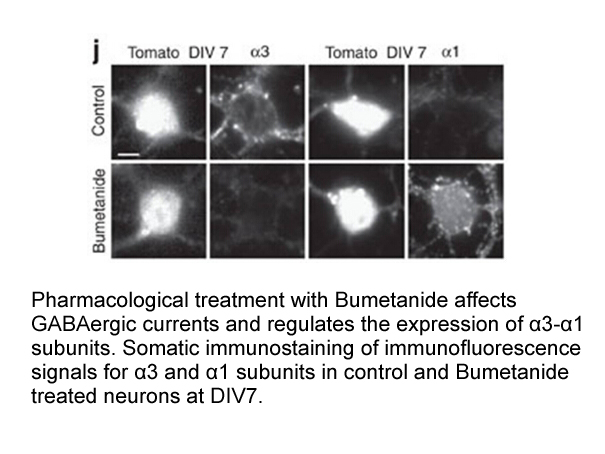
Conclusions Two chemical coupling agents, BTDE and CDI, were used to activate the free hydroxyl groups of plant cellulose powder and OPH from Flavobacterium ATCC 27551 immobilized on modified carriers by covalent linkages. The highest immobilization yields obtained in optimum conditions of effect
-
br Conclusion br Acknowledgment The authors
2019-08-16
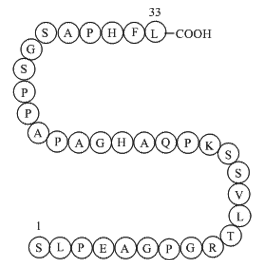
Conclusion Acknowledgment The authors would like to thank “Science and Engineering Research Board (SERB) of Department of Science and Technology (DST) Govt. of India” (Grant No.YSS/2015/002017) for funding the project. Introduction Mutations occurring within EGFR exons 18 to 21 are present
-
We also found downregulation of
2019-08-16
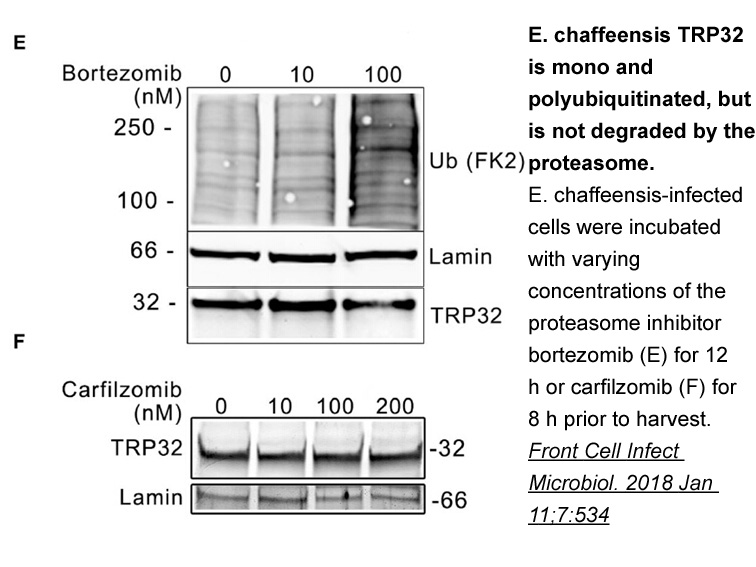
We also found downregulation of TRIM32 in the hearts of dilated and hypertrophic cardiomyopathy patients in addition to TAC and phenylephrine treated mice [51]. TRIM32 and Dysbindin are known to interact in skeletal muscle, and we could confirm this interaction in cardiomyocytes as well. In cardiomy
-
DNA replication checkpoint kinases in both yeast and
2019-08-16
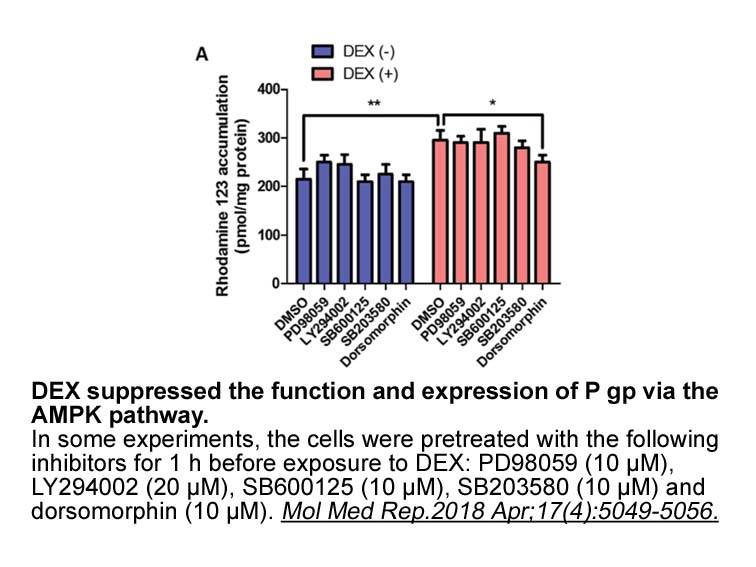
DNA replication checkpoint kinases in both yeast and human gamma-Secretase inhibitor IX upregulate dNTP levels under replication stress to mediate their essential function at replication forks (Yeeles et al., 2013). It is possible that upregulation of dNTP levels under replication stress helps fork
-
We have compared the potency of a series of DNA
2019-08-16
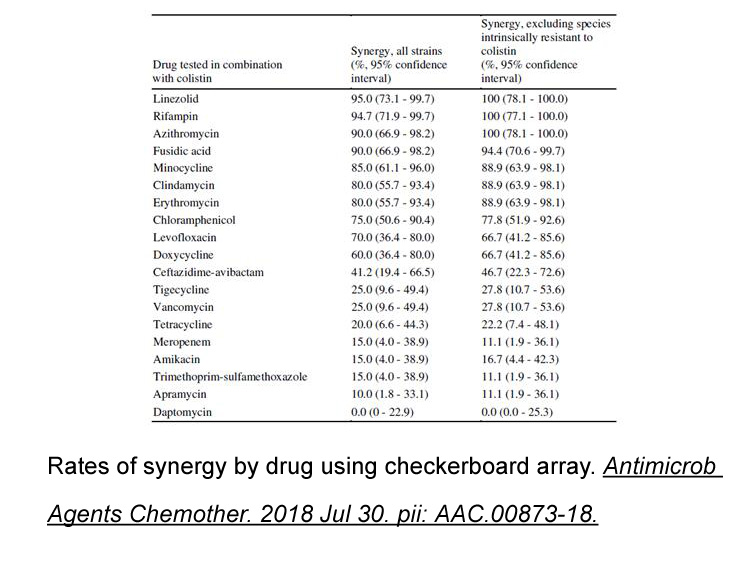
We have compared the potency of a series of DNA-directed alkylating agents, including N-mustard-acridine, N-mustard-quinoline, and N-mustard-quinazoline conjugates previously synthesized in our laboratory [7], [13], and currently used drugs (oxaliplatin, cisplatin, or 5-FU) for the treatment of CRC
15926 records 973/1062 page Previous Next First page 上5页 971972973974975 下5页 Last page